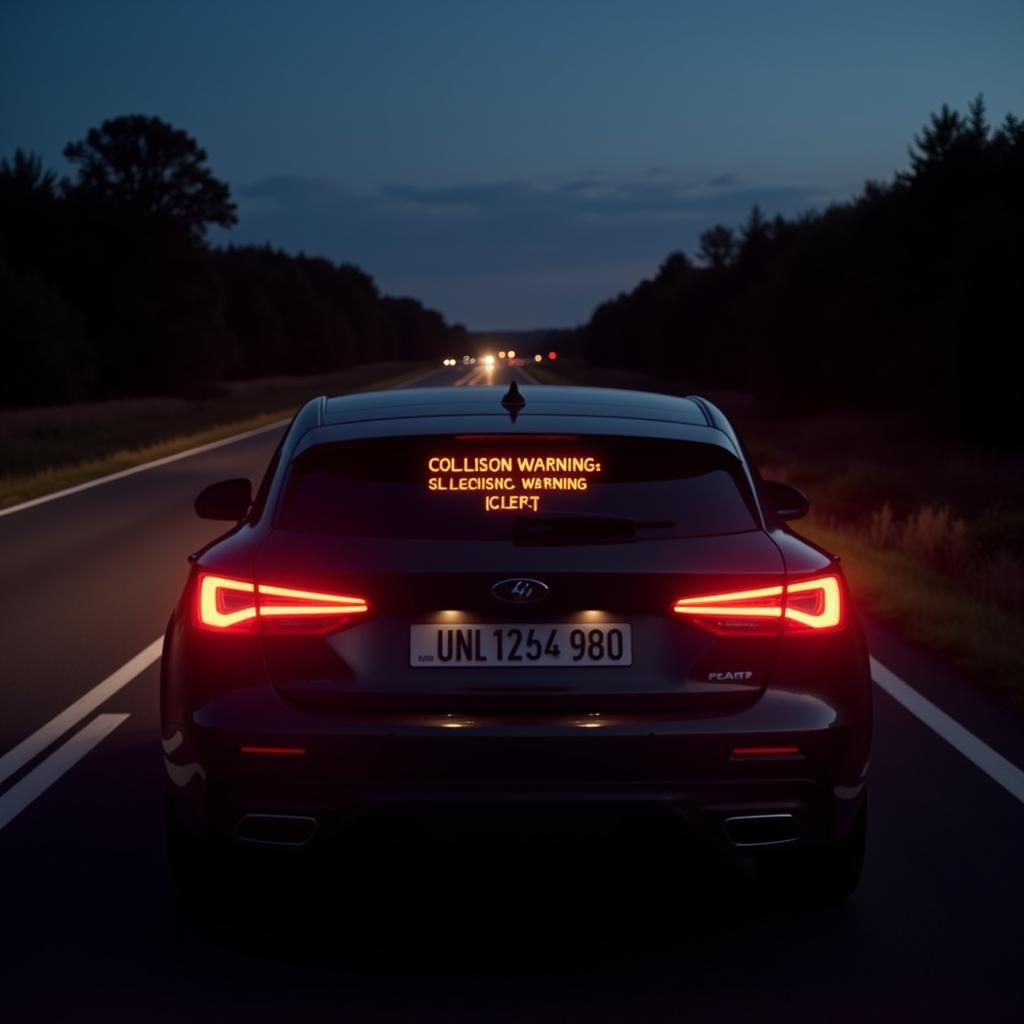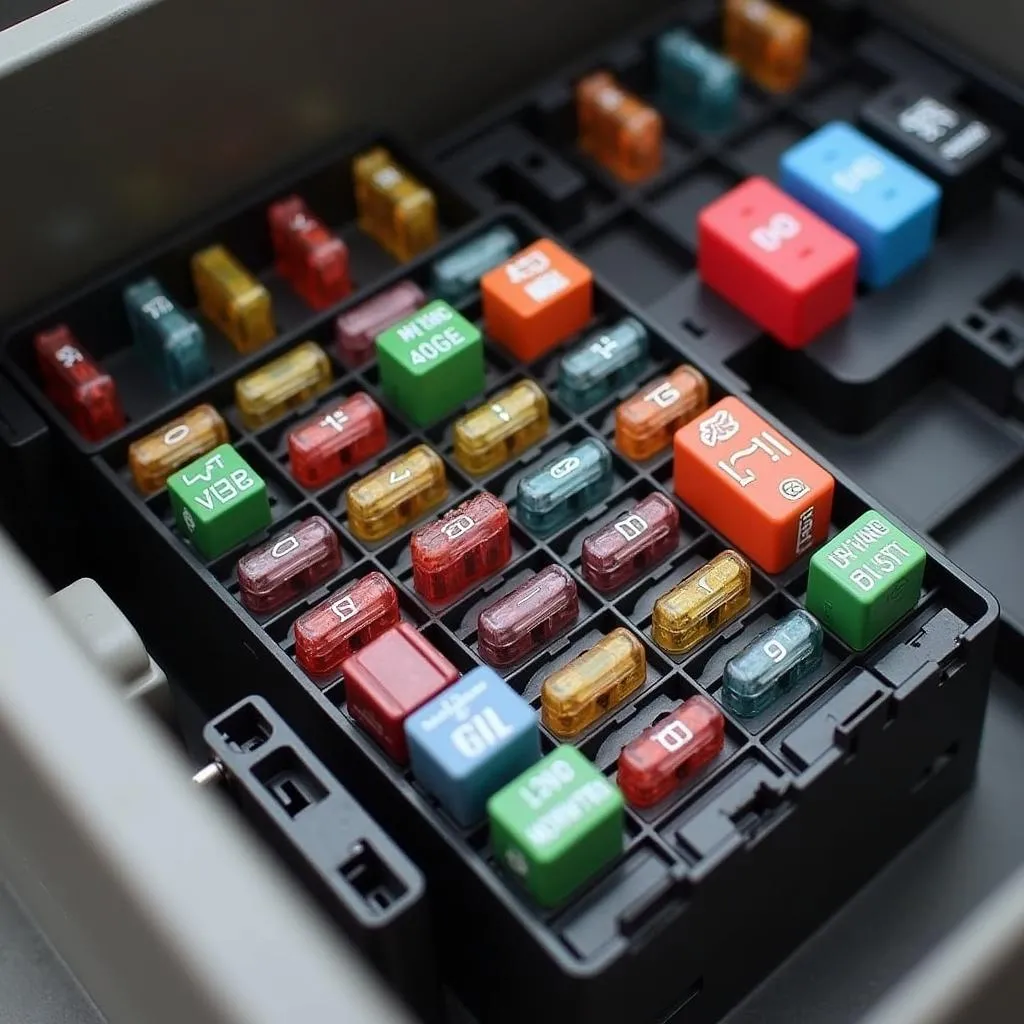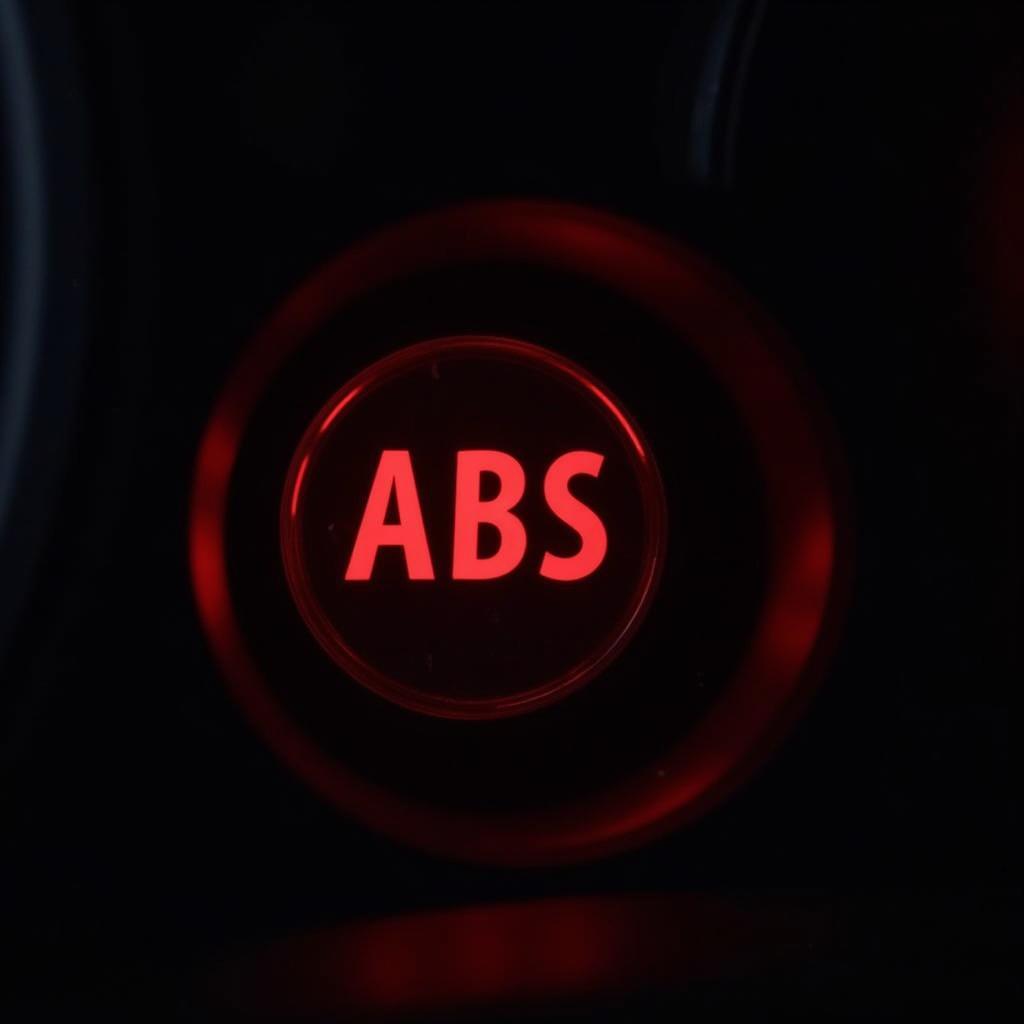The moment your dashboard flashes “Collision Warning” and your car automatically slams on the brakes can be jarring, to say the least. These systems, designed to work in tandem, are meant to prevent or mitigate collisions, but encountering them in action can leave you with questions. This article dives into the functionalities of “collision warning met full auto brake,” helping you understand why it activates, when it might not work as expected, and how to troubleshoot common issues.
Collision Warning and Full Auto Brake: A Dynamic Duo
Modern vehicles are equipped with Advanced Driver-Assistance Systems (ADAS) to enhance safety. Two prominent features within ADAS are the Collision Warning System and Full Auto Brake. Let’s break down each system:
-
Collision Warning System: This system acts as your co-pilot, constantly scanning the road ahead for potential collisions. Using sensors like cameras, radar, and lidar, it calculates the distance and speed of vehicles in front of you. If the system detects an imminent collision risk, it alerts the driver through audible beeps, visual warnings on the dashboard, or even haptic feedback through the steering wheel or seat.
-
Full Auto Brake: Taking collision avoidance a step further is the Full Auto Brake system. This system works in conjunction with the Collision Warning System. If the Collision Warning System issues an alert and the driver doesn’t react promptly or sufficiently, the Full Auto Brake system can intervene. It automatically applies the brakes, aiming to either prevent the collision entirely or reduce its severity by slowing the vehicle down.
 Car with Collision Warning and Full Auto Brake System Activated
Car with Collision Warning and Full Auto Brake System Activated
Why Did My Collision Warning and Auto Brake Activate?
The activation of your collision warning and auto brake systems usually means they’ve detected a potential hazard. Common scenarios include:
- Tailgating: If you’re following a vehicle too closely, especially at higher speeds, the system might interpret it as a high-risk situation.
- Sudden Stops: Unexpected braking by the vehicle in front of you can trigger the systems, especially if you’re not maintaining a safe following distance.
- Pedestrians or Cyclists: Sophisticated systems can detect pedestrians and cyclists, particularly in urban environments. If they sense a potential crossing path, they may activate.
- Obstacles in the Road: Debris, animals, or other unexpected obstacles can also trigger the systems.
False Alarms: When the Systems Get it Wrong
While these systems are designed to be highly accurate, false alarms can happen. This can be due to:
- Environmental Factors: Heavy rain, snow, fog, or even bright sunlight can interfere with the sensors, causing inaccurate readings.
- Sensor Malfunctions: Like any electronic component, sensors can malfunction. Dirt, debris, or even minor damage can impact their effectiveness.
- Software Glitches: While rare, software glitches can cause unpredictable behavior in the systems.
 Car Navigating Through Heavy Rain
Car Navigating Through Heavy Rain
Troubleshooting: What to Do When “Collision Warning Met Full Auto Brake” Appears
Seeing these alerts can be unsettling, but maintaining calm is crucial. Here’s a step-by-step guide:
- Assess the Situation: Quickly scan your surroundings. Was there a genuine risk of a collision, or did the system potentially misinterpret the situation?
- Check Your Sensors: If possible, safely pull over and visually inspect your car’s sensors (usually located on the front grille and/or windshield). Clean any dirt or debris.
- Consult Your Owner’s Manual: Your vehicle’s owner’s manual provides specific information about your car’s ADAS features, including troubleshooting tips.
- Schedule a Service Appointment: If the issue persists, or you suspect a sensor malfunction or software glitch, schedule an appointment with a qualified mechanic or your dealership.
collision warning with full auto brake on volvo xc60 2017
FAQs: Common Questions about Collision Warning and Auto Brake
Q: Can I turn off these systems?
A: Most vehicles allow you to adjust the sensitivity of these systems or temporarily disable them. However, it’s generally not recommended to completely switch them off as they play a vital role in safety.
Q: Will my car brake for me entirely in an emergency?
A: While these systems can significantly reduce the severity of a collision, they are not a substitute for attentive driving. They are designed to assist, not replace, the driver.
Q: Does my car insurance premium reduce if I have these safety features?
A: Many insurance companies offer discounts for vehicles equipped with ADAS features like Collision Warning and Auto Brake, as they can reduce the likelihood of accidents. Contact your insurance provider for specific details.
passat front assist and brake warning lights all on
Staying Safe on the Road: ADAS as a Safety Net
The evolution of automotive technology has led to remarkable safety advancements. “Collision Warning Met Full Auto Brake” might seem like a mouthful, but these systems represent a significant stride towards accident prevention. By understanding how they work, their limitations, and how to troubleshoot potential issues, you can confidently navigate the roads knowing you have an extra layer of protection.
toyota sequoia brake warning light
Remember, while these systems are valuable tools, they should not replace attentive driving and responsible road behavior. Stay alert, stay safe!


